ACCESS TALKS: WHY INCLUDE
Many children in Australia continue to be segregated into different learning environments despite strong evidence that supports full inclusion and the moral dilemmas segregation of any kind presents. Cecile Sullivan-Elder explores why society continues to see people with disability as ‘other’.
Duration: 3 mins
This transcript has been slightly corrected & edited for clarity.
Late last week I was out walking, when I was stopped by some very enthusiastic young children who were leaving a primary school, after an orientation day for kindergarten.
One little girl was very excited and she started skipping alongside me telling me all about her day and the great promise she held for the following year in starting kindergarten. I couldn’t help but be excited for her. But as I left the group, I couldn’t also help ponder what must go through the mind and the heart of a little person with disability if they were to start their education journey in a special school, or any kind of separate setting that kept them apart from all their peers. Would they wonder why they had to attend a school or a class that was separate from their brothers and sisters; separate from the other kids in the neighbourhood? Would they question their value as a person because of this? Would they question the value of how other people saw them?
As I continued along this path, and as they continued along their path through their school years, I reflected; would the difference they felt be strengthened until they saw themselves as outsiders–not the same as the other kids–and would this then impact on how they saw their futures and where they saw themselves belonging in society?
My thinking then turned to the other children in this, who would be alien to the experience of children with disability, simply due to not sharing the same spaces and the powerful message that this would be sending them. This made me sad as clearly it sets up a future where people with disability continue to be seen as the ‘other’ in ‘other places’ and doing ‘other things’.
I would hope that this is not the case, but it doesn’t take too much imagination to understand the potential impacts of segregation, as much of our history has given us this insight already and our innate ability, as humans, to know when we experience a sense of belonging is very acute even at this young age.
As I continued my walk I felt the strengthening of the moral imperative we’re all faced with in working towards a system that educates all children, a system that intentionally creates a sense of belonging, and hopefully sets up young people to go into their futures better prepared and more accepting of how diverse we all are. The reality is that many children continue to be segregated into different learning environments from their peers and this is regardless of the strong evidence that supports full inclusion. It’s also regardless of the significant moral dilemma that segregation of any group presents.
Last updated August 21, 2018
The Natural Paths of Childhood Bob Jackson [PDF]
Inclusion – The Bigger Picture, Forest & Pearpoint [opens Family Advocacy website]
Inclusion is about more than placing a child with disability in a classroom. Inclusion is about how we deal with diversity, how we deal with difference, how we deal with (or avoid dealing with) our morality.
UNESCO Reaching out to all learners- a resource pack for supporting inclusive education [PDF]
Inclusive Education is an over-guiding principal of the 2030 Education Agenda embodied in the DSG4 to ensure inclusive and equitable quality education and promote lifelong learning opportunities for all. Inclusive education is at the core of the transformation of education and of education systems.
NEXT IN THIS SECTION:
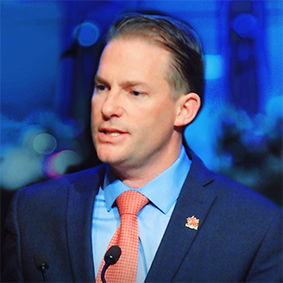
Why inclusive education? Featuring Jody Carr former Minister of Education New Brunswick, Canada

Individual & Societal Benefits of Inclusive Education. Dr Simona D’Alessio UCL Institute of Education

Why inclusion? Social Values-Based Theory with Dr Carol Quirk, CEO Maryland Coalition for Inclusive Education
MORE ACCESS TALKS:
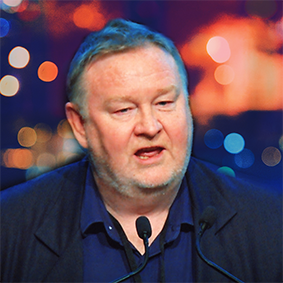
WHAT IS INCLUSION
The promotion, adoption and implementation of inclusive practices, which involves changing policies, practices and attitudes within schools.

TEACHER IMPACT
All classroom teachers have a role in creating schools & learning environments where all children can learn and feel they belong.
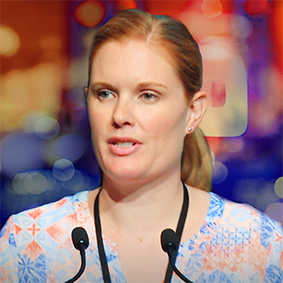
CHANGING MINDSETS
Whole school transformation requires courage, leadership & honest reflection to identify the need for change and set about making it happen.

AUSTRALIAN EXPERIENCE
Exemplar inclusive educational practices are happening in Australia. See the possibility and potential of inclusion here and now.
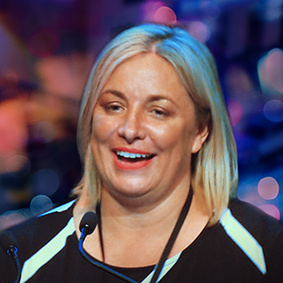
HOW WE INCLUDE
Creating inclusive classrooms & schools starts with vision, policy, systems change, curriculum design and teaching practice.
NOW EXPLORE ACCESS READS

WHAT IS INCLUSION
The promotion, adoption and implementation of inclusive practices, which involves changing policies, practices and attitudes within schools.

HOW WE INCLUDE
Inclusive classrooms and schools embrace universal design as the foundation for cultivating inclusive attitudes and practices.
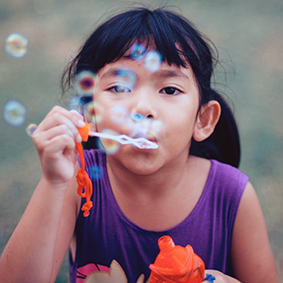
CHANGING MINDSETS
Bringing about change one mind at a time is integral to improving the lives of people with disability.

AUSTRALIAN EXPERIENCE
Exemplar inclusive educational practices are happening in Australia. See the possibility and potential of Inclusion here and now.
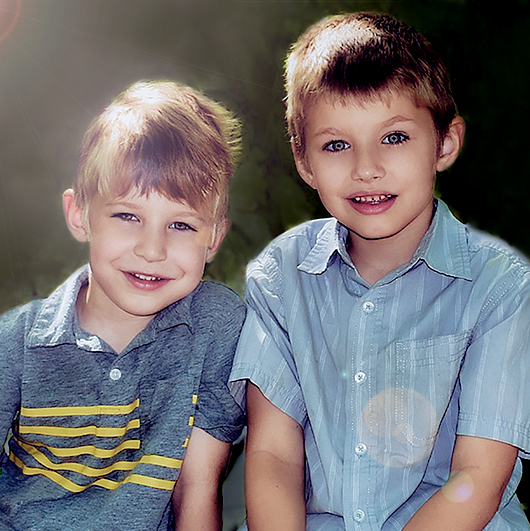
WHY INCLUDE
All children have the right to be included, to be represented in, to have access to and to receive high-quality education and supports.

TEACHER IMPACT
All classroom teachers have a role in creating schools & learning environments where all children can learn and feel they belong.
A FAMILY ADVOCACY INITIATIVE
This site is edited and maintained by the Advocacy and Leadership Development team.
Image attributions: photos supplied. Screenshots from Access Symposium videos.


